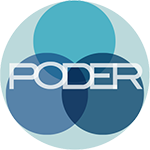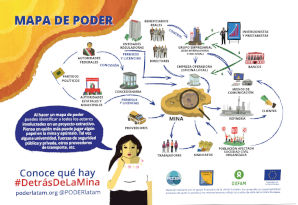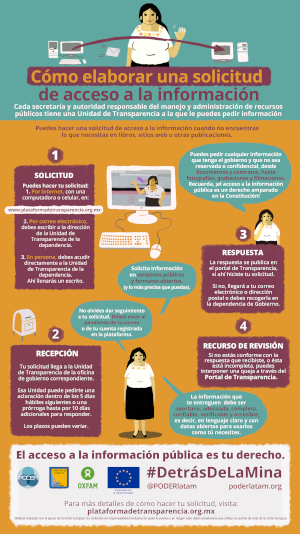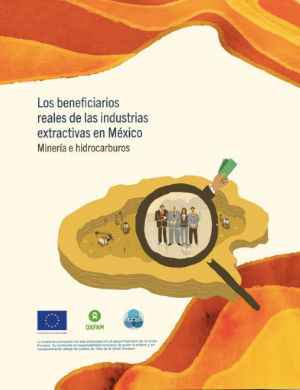Meet Ana. Ana lives in a local community and will show you various ways to remove the veil concealing valuable information and to strengthen defense of territory and human rights against extractive projects.
#DetrásDeLaMina is a project intended to provide tools for strategic research and effective access to information, to build oversight and advocacy capacities, and above all, to design strategies for the defense of communities affected or potentially affected by extractive industries.
Having relevant information on extractive projects and their real beneficiaries supports communities’ exercise of the right to know, and to be able to have an active role in decisions that can impact their well-being, quality of life and the environment.
Information on extractive industry investment projects is especially relevant considering that the companies that produce and supply ore and minerals are frequently responsible for human rights abuses and violations which affect the most vulnerable segments of the population more profoundly: women, indigenous communities, and people living in marginalized areas. In recent years, a number of international organizations have expressed their concern over the rise in human rights violations in Mexico relating to planning and construction of infrastructure, energy and development projects, which often violate the human right to a healthy environment, to water, to access to information, as well as other rights of local and indigenous communities.
The material developed strengthens the work of defending territory and human rights and corrects some of the shortcomings and debts that States have today, in order to break down the inequalities of power, including “privileged” information, and the corporate capture of the State. That is why it is aimed at people and communities involved in grass-roots organizational processes, defenders who assist them, and members of civil society interested in these issues.
To prepare this material, we worked with a creative team that included people living in communities that are currently affected by an extractive project, and who could see themselves reflected in it. It is written in an accessible and useful language so that these communities can learn to use it and share it with other communities, groups and organizations, it stresses the mainstreaming of gender perspectives and the building of awareness of how women are affected differently by these extractive projects.
Available materials:
Video: #DetrásDeLaMina. How to learn who the real beneficiaries of an extractive project are. Use in Latin America.
Booklet: A community tool for knowing who is behind a mining project. Use in Latin America.
Infographic: How to prepare an Information Access Application (in Mexico).
Infographic: Power mapping. Use in Latin America.




